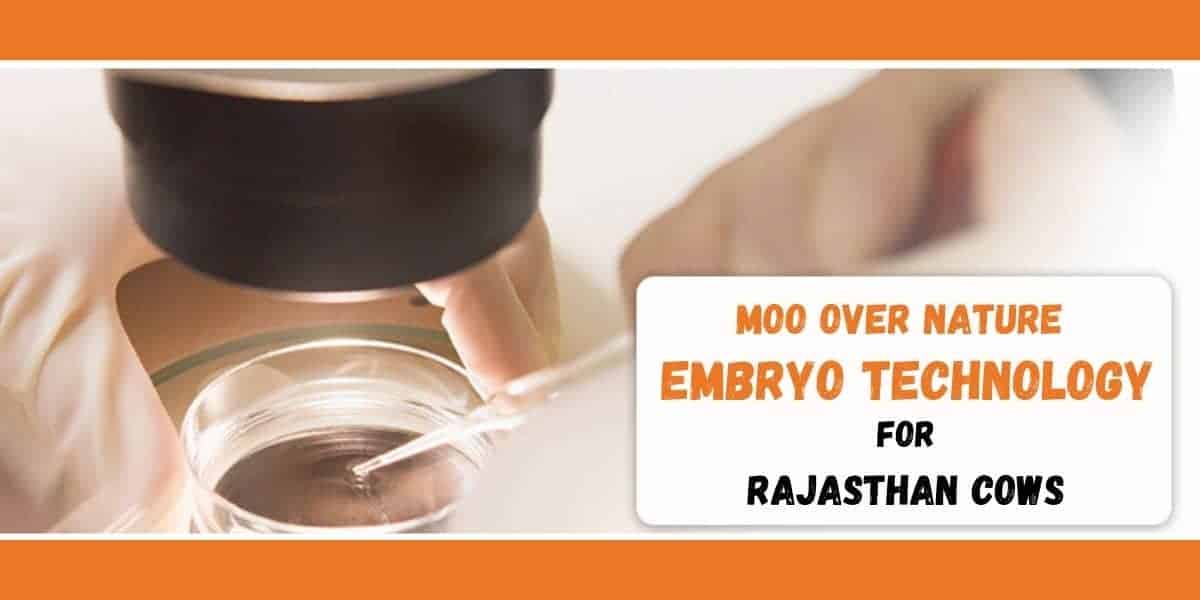
Moo Over Nature: Embryo Technology for Rajasthan Cows
JAIPUR: A roadmap for the production of calves using embryo implantation techniques in native cows at Rajasthan University of Veterinary and Animal Sciences, Bikaner has started. For this, the university has For this, the university has signed an MoU with the National Dairy Development Board. In this technique, super ovulation is done in high quality cow (donor cow) and fertilized with high quality bull semen by performing multi-ovulation. On the seventh day after fertilization, the foetus is flushed from the cow’s womb by proper means and the embryo is transplanted into the uterus of a low quality simple cow (receptive cow).
University vice-chancellor prof. Vishnu Sharma said that in collaboration with the National Dairy Development Board, the embryo implantation technique is an important step towards improved germ plasm cultivation in four indigenous cows of the state — Gir, Sahiwal, Tharparkar and Rathi breeds.
“University scientists and students will be able to get information about this technology and cattle rearers will get the benefit of improved animal production in the coming time. A cow produces a calf in a year, so with the help of this technique, we will be able to produce 8-10 calves and give a boost to the native cows of the state,” said Sharma. Cows that have low milk productivity per calving are selected for embryo implantation. Such cows can also be called surrogate mothers. Only uterus of these common breeds is used. Whereas the offsprings born to them are born with more milk.
Through this technique, the state can be made the leader in milk production by implanting embryos in low-productivity animals and animals and achieving high productivity progeny. It will also prove to be a revolutionary step towards animal breed improvement. Under this, four cows of Gir breed of high genetic quality for embryo implantation were obtained by artificial insemination with high quality semen, out of which 6 embryos were implanted and the remaining 15 embryos were preserved for future use.
Read: Diagnosis and Treatment of Mastitis in Cattle
Source: The article is extracted from the Times of India, December 03, 2020.
